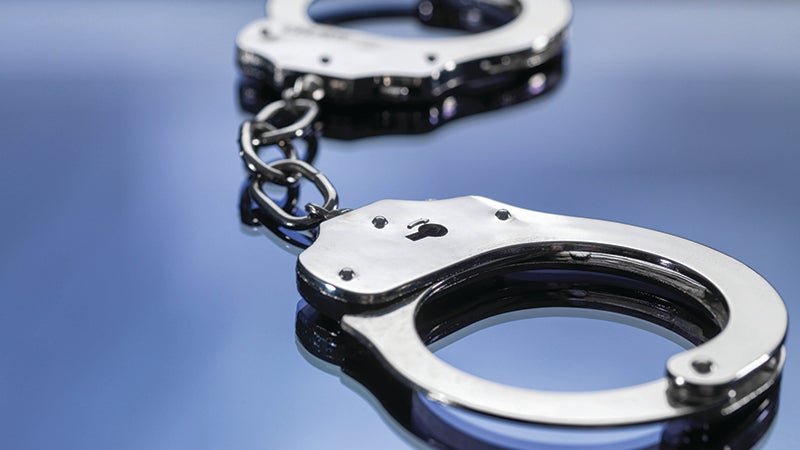Police warn of local check scam
Published 12:53 pm Thursday, May 16, 2013
Officials with Atmore Police Department are warning local business owners to take extra precautions after a string of checks taken in Atmore establishments were found to be either, forged, counterfeited or written using closed accounts.
According to a release from Investigator Robby Williams, the problem has become more frequent over the past few months and business owners and employees should be diligent when dealing with customers paying with checks.
Williams said counterfeiting can mean a completely fabricated check or a simple duplication. Williams added the counterfeiting process only requires a personal computer, scanner software and a high-grade laser printer or color photocopier, but alteration sometimes involves the use of certain chemicals and solvents used to remove or modify handwriting and information on the checks. The process is commonly referred to as “check washing.”
Officials offered businesses several steps that may be followed when accepting checks in order to avoid counterfeited items, including:
• Determine the origin of the check. If it is a check you were not expecting or is from a sender with whom you are unfamiliar, you should be suspicious of its validity.
• At the bottom of a check, you will see three groups of numbers. The first group is the routing number. The second is the account number, and the third is the check number. The bottom line on all checks printed and used in North America is printed using a special font called MICR (short for Magnetic Ink Character Recognition). Look at the check number in the upper right hand corner and see if it matches the last few digits (the third group of numbers) on the MICR line. The MICR line is the long string of numbers that is at the bottom of the check.
• Visit: http://www.fededirectory.frb.org/search.cfm Enter the routing number in the search box and click “Search.” The website will then tell you what financial institution is linked to that routing number, along with the city in which the financial institution is located. If this is not the same as the information printed on the check, it may be a fake check.
• Call the bank that issued the check if you are still unsure about the check’s validity. You can provide them with the routing number and account number, as shown in the MICR line. They can then tell you if it is a legitimate check.
• Confirm the identity of the check writer. All I.D. can be forged. The most reliable form of I.D. is that which contains a photo and a physical description. Take the I.D. in hand and write the I.D. number, birth date, address and other descriptive data on the front of the check. If possible, make a photocopy of the I.D. Ask questions. If the I.D. does not belong to the person writing the check, they may be thrown off guard. Make sure the person presenting the check is the same person on the I.D. Several of the cases being currently investigated by Atmore Police involve the offender using a fake I.D.
• The signature should be legible and signed in the presence of the individual accepting the check. Do NOT accept previously signed checks. For a company check, it is vital that the signature is legible. If not, print the individual’s name on the front of the check. The complete address should be imprinted on the check.
• Require a street address, in addition to a P.O. box number. Obtain a phone number as well.
Williams said, while the safety precautions may be time consuming, it is far better than dealing with the repercussions of accepting a forged or counterfeited check.




